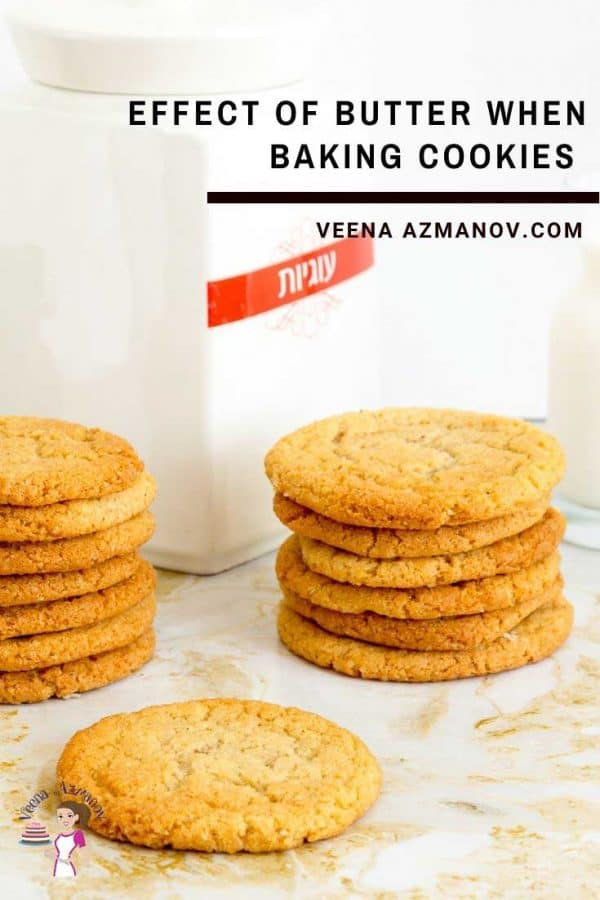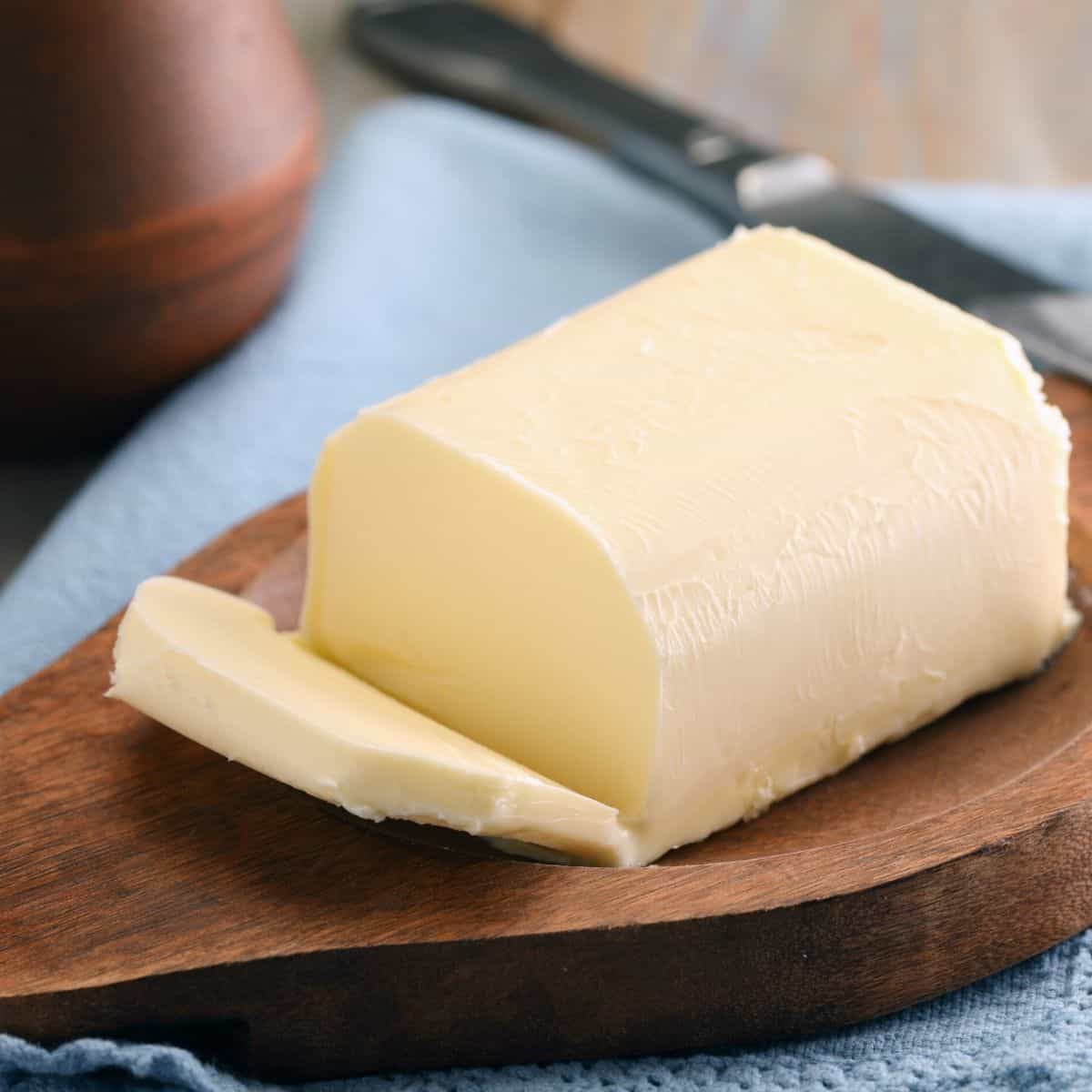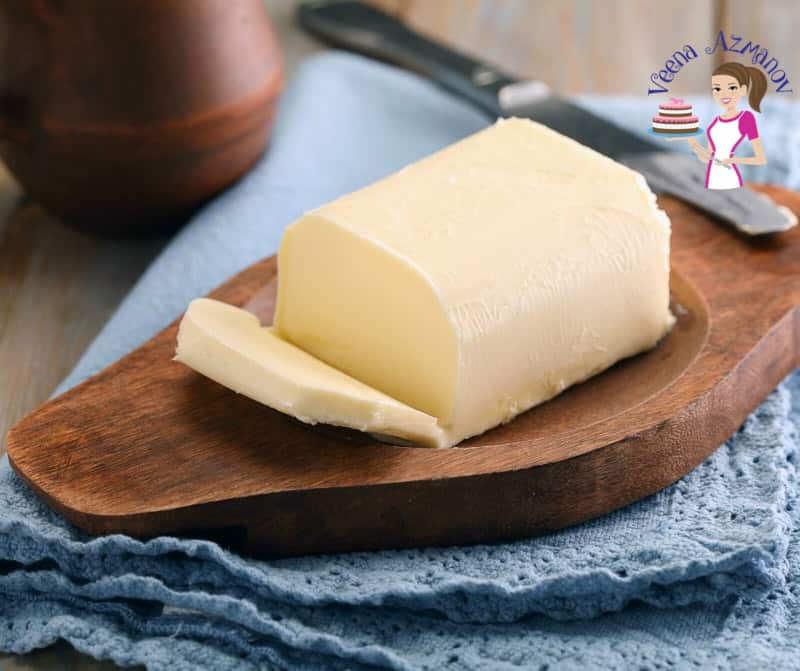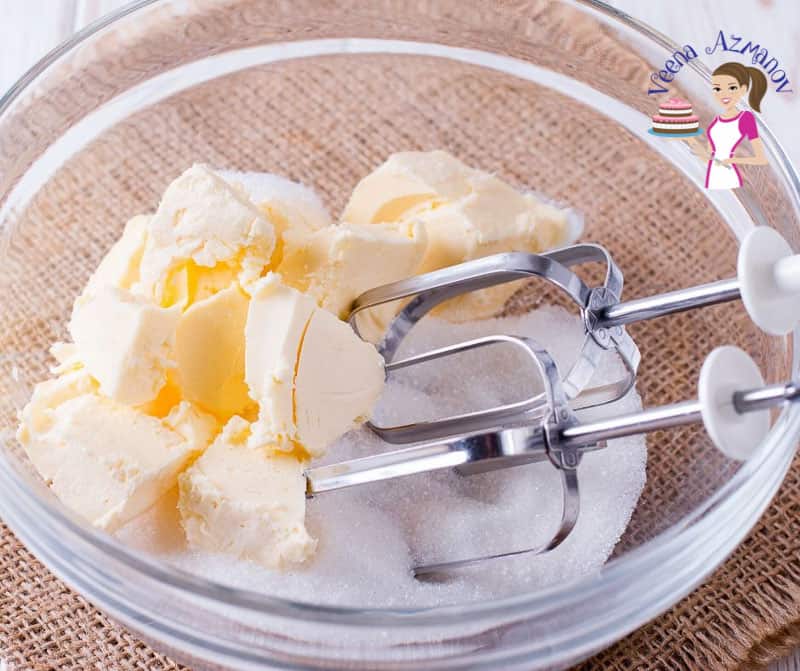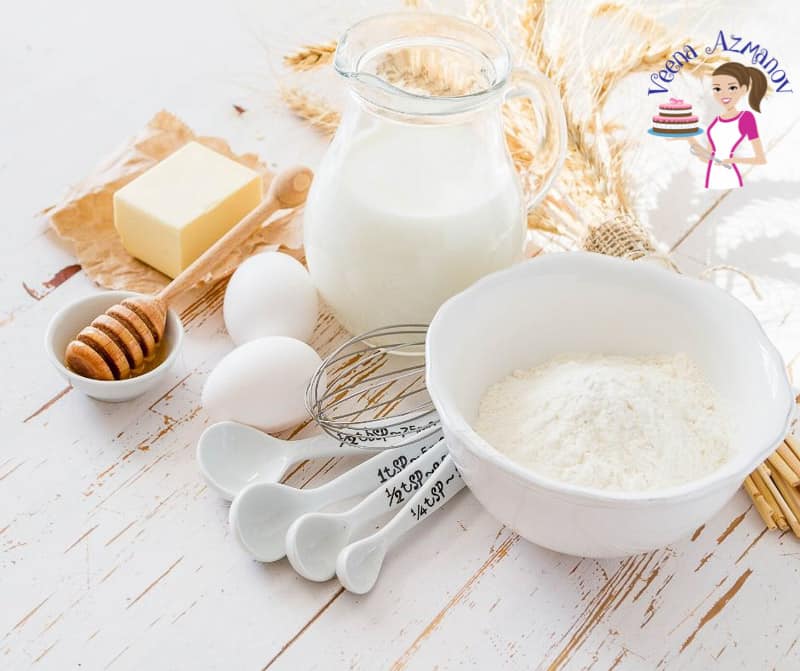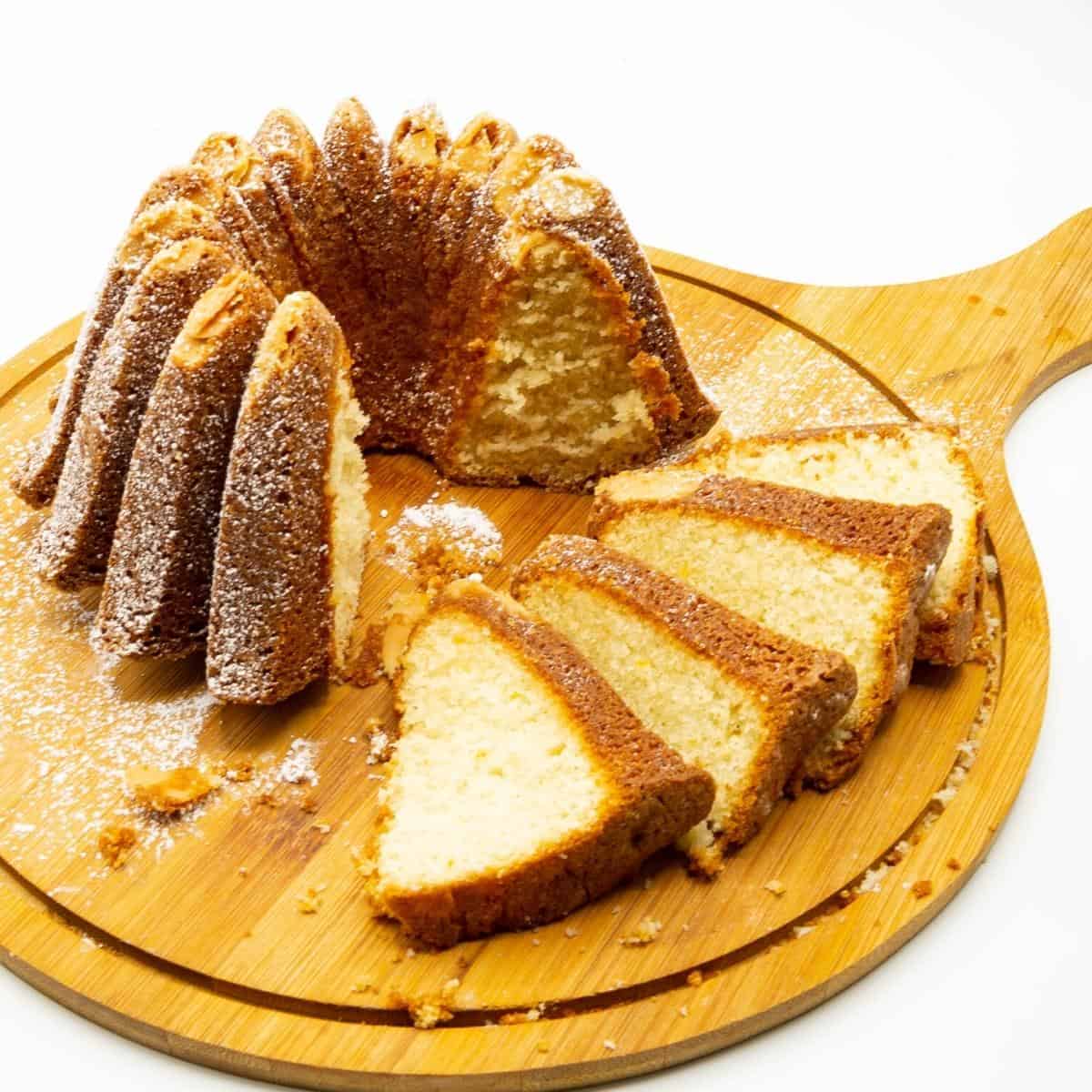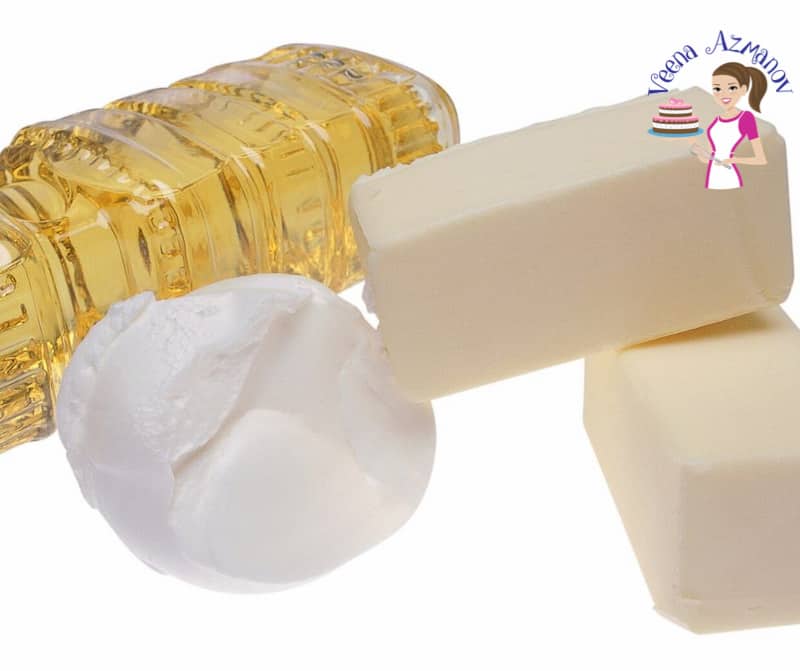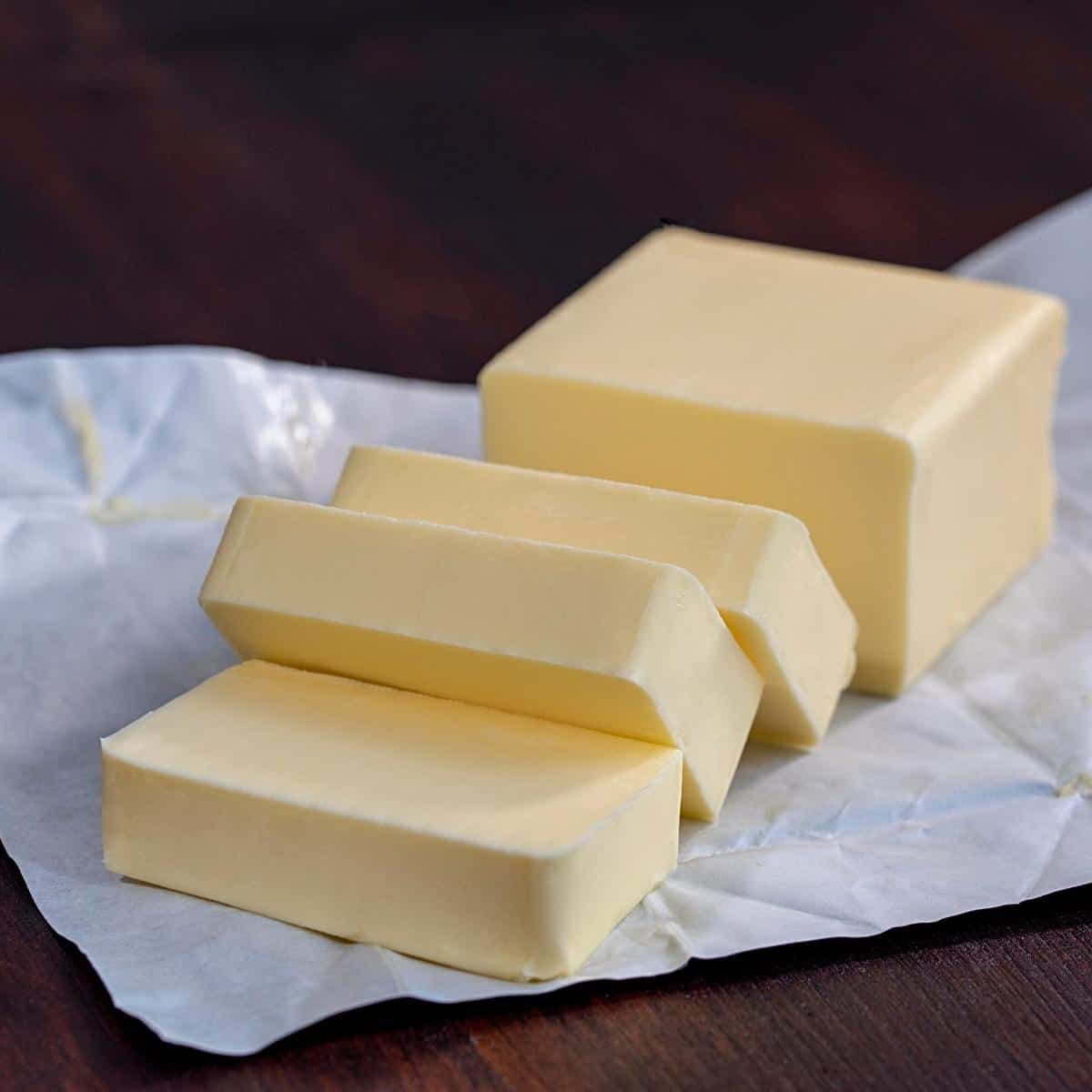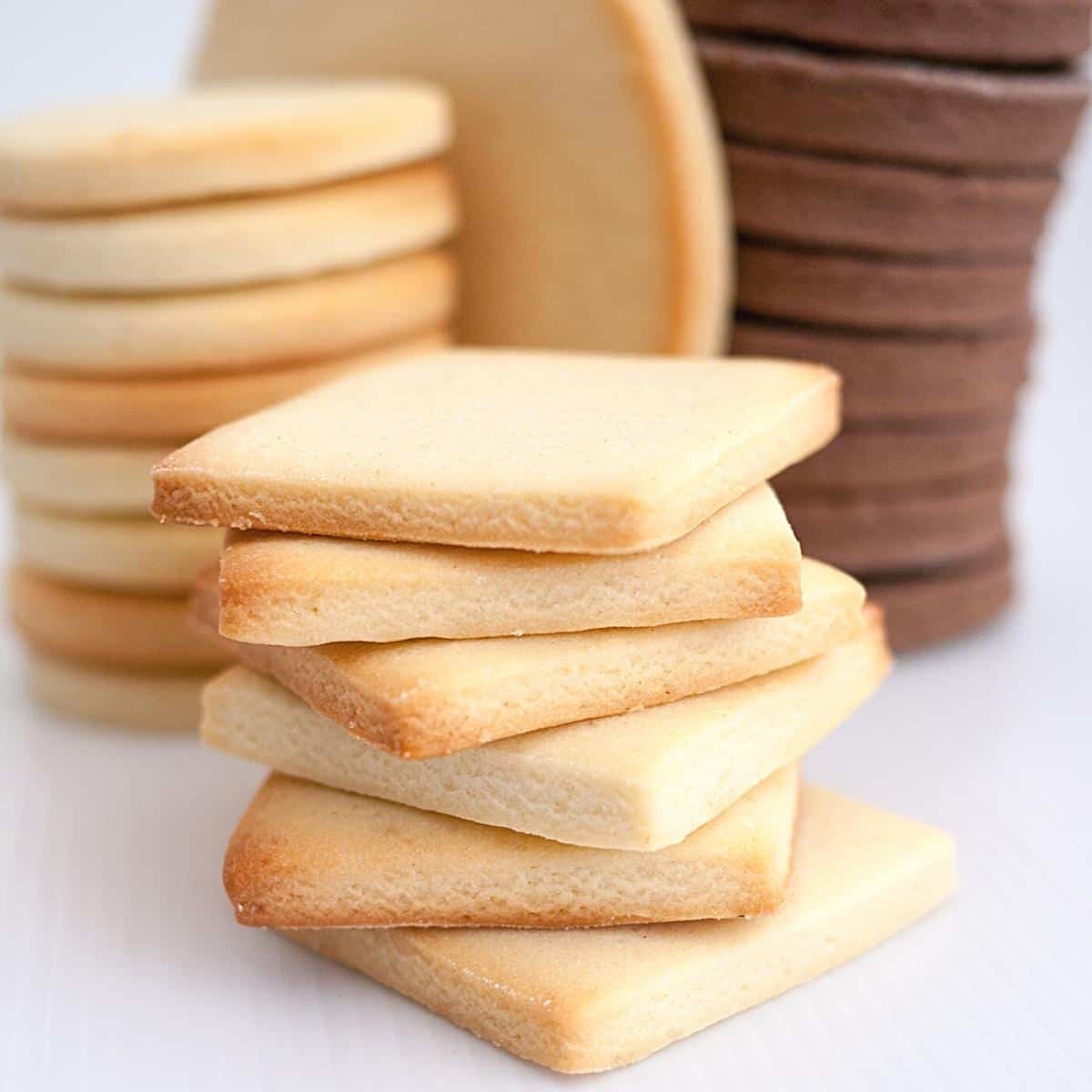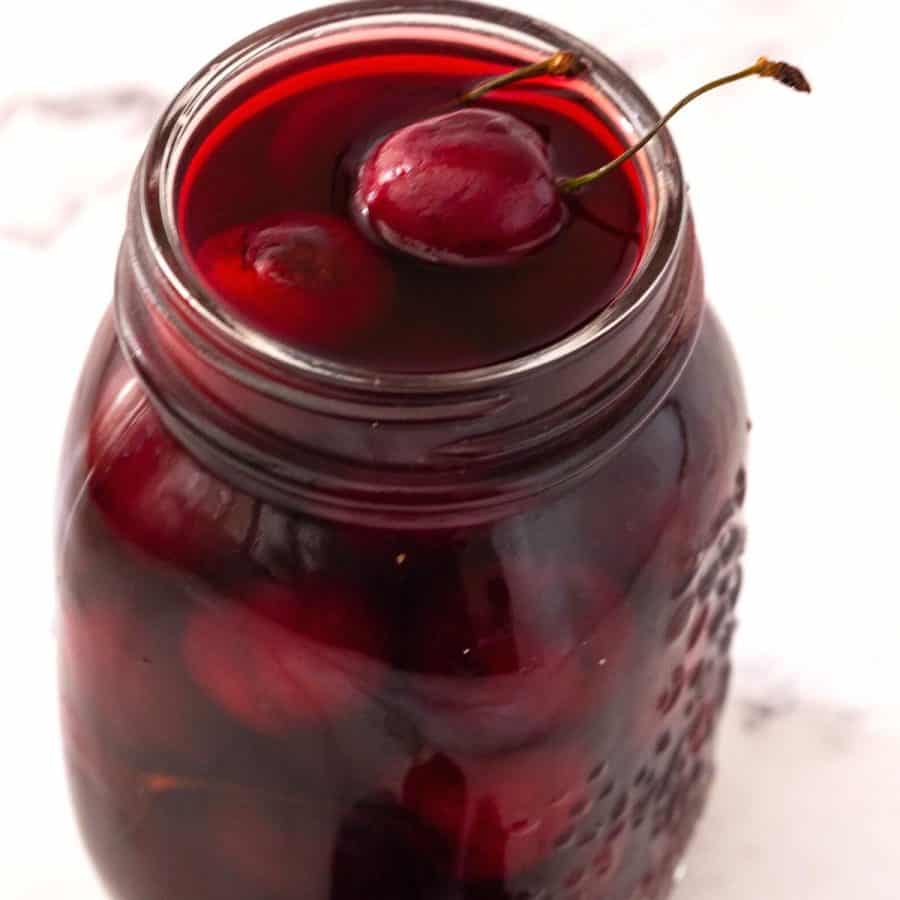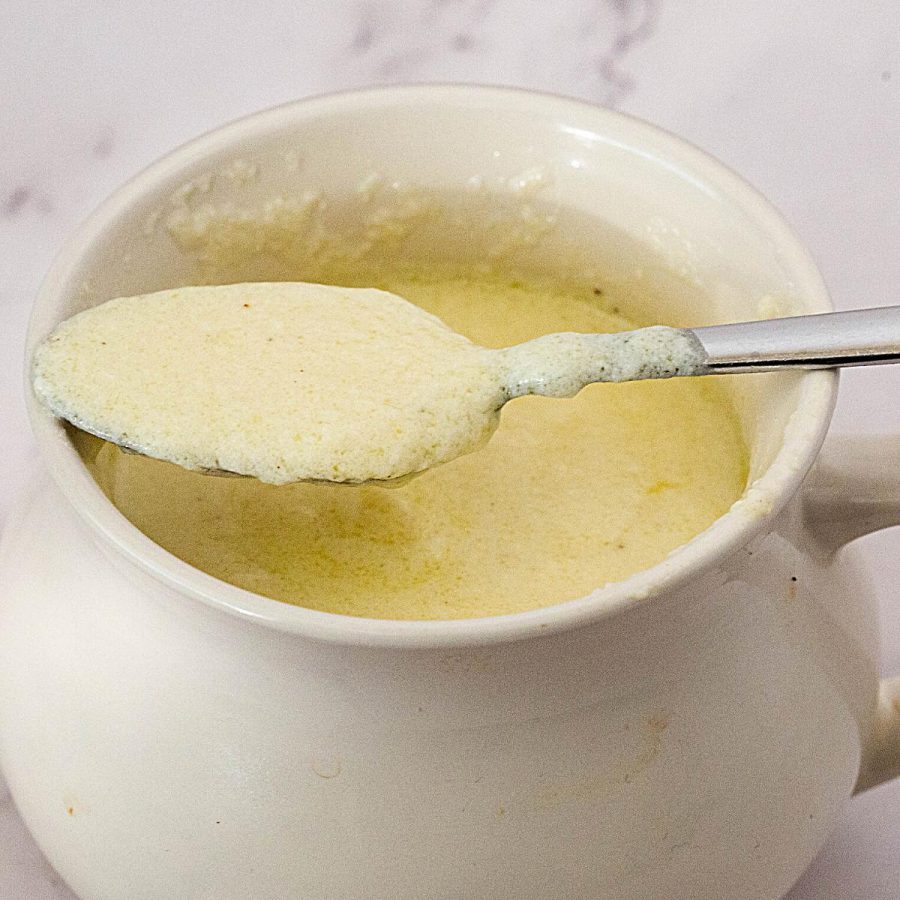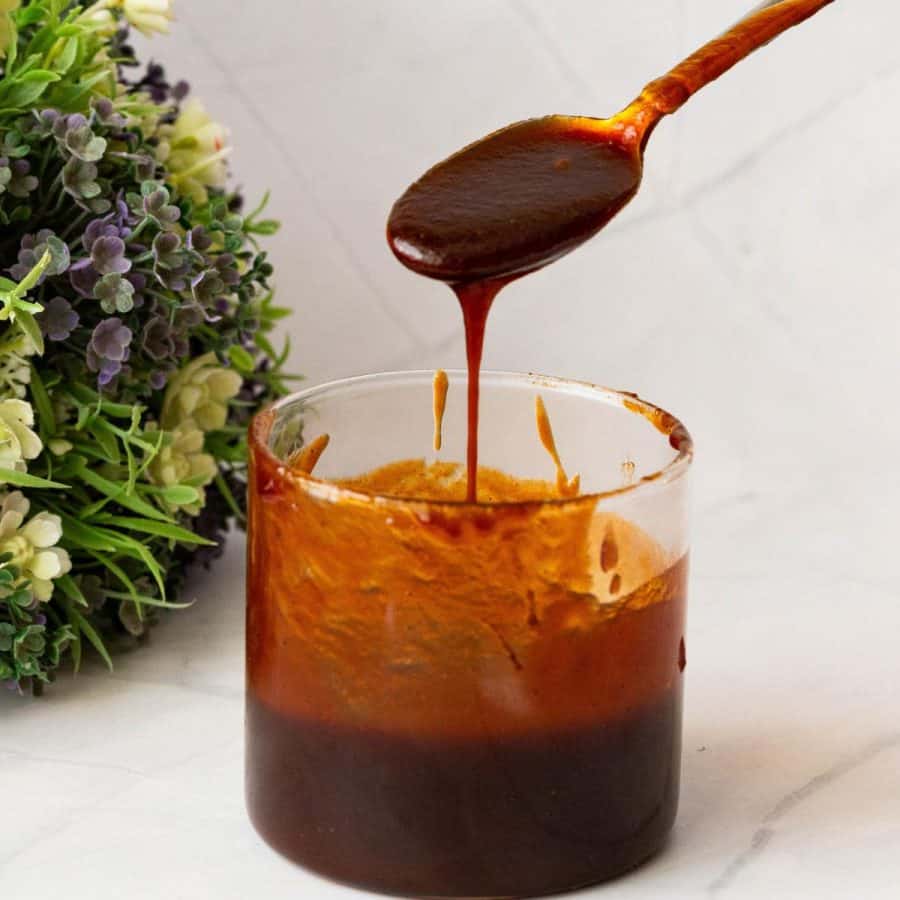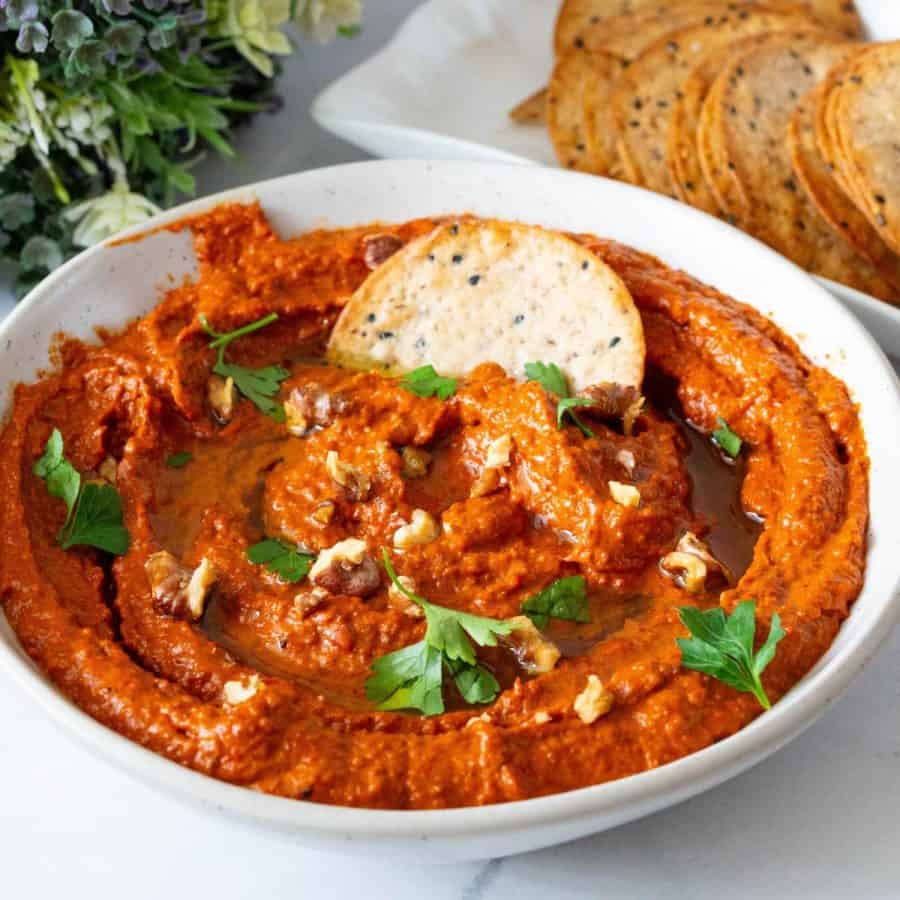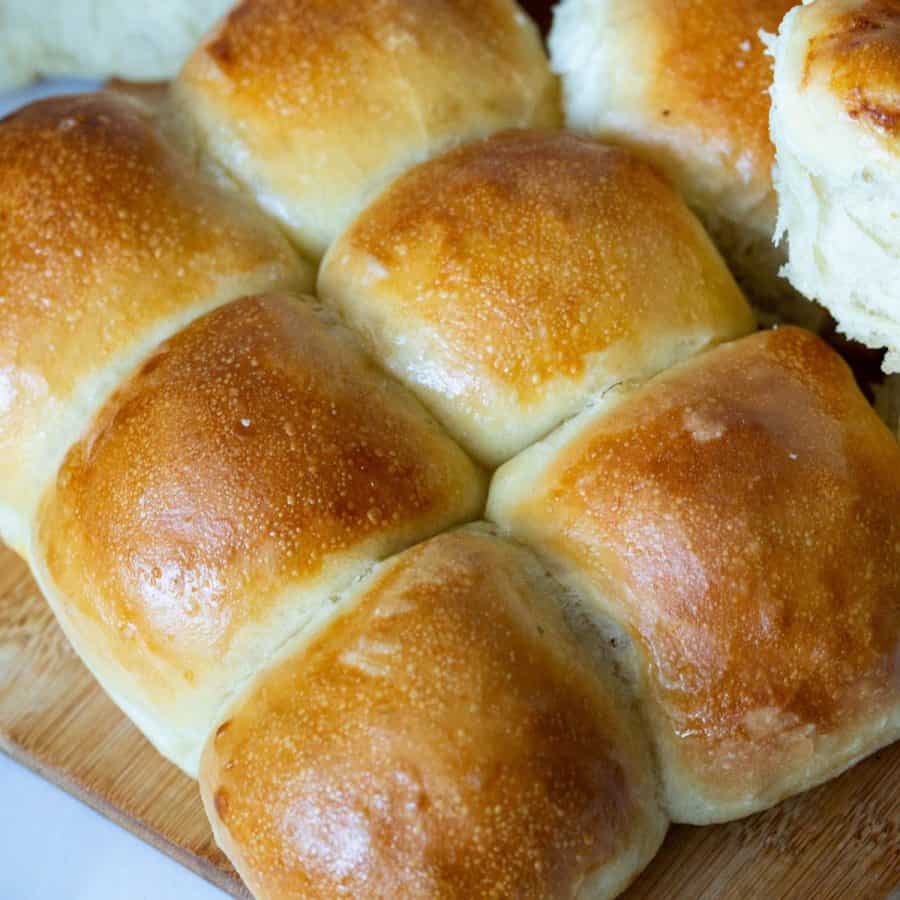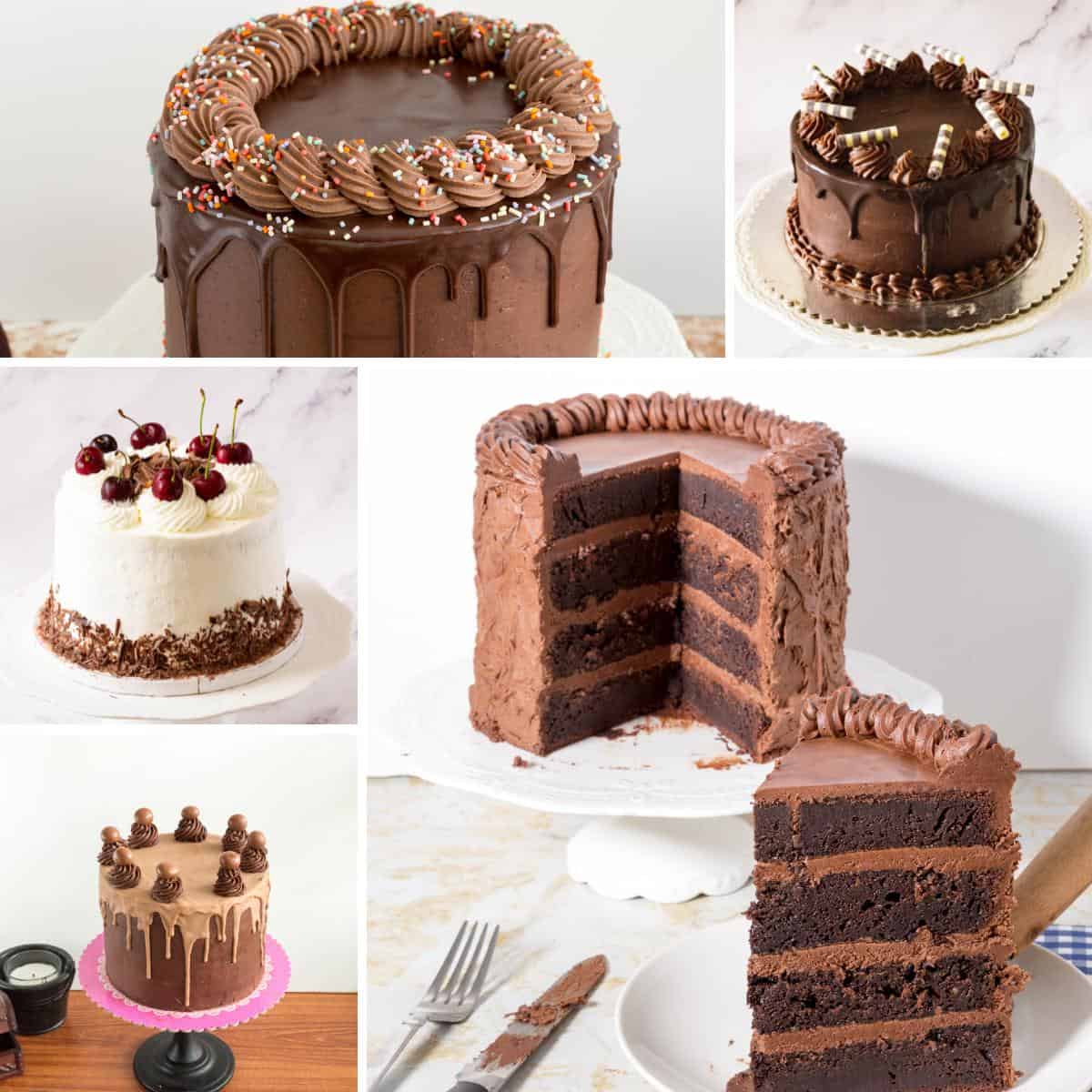I started baking at a very young age and have learned a lot in baking by trial and error as well as my fair share of failures. Lucky for me, I am a person who questions and learns from my mistakes. That is why every time I fail, instead of blaming the recipe, I look for things that could be wrong with the ingredients. For example, my macarons have the same ingredients and same measure every single time, and yet there have been times when I’ve never got the results I was expecting. What is it about butter that makes it essential in baking and cooking? Butter is more than a spreadable condiment; it is a key ingredient in countless recipes. From cakes and cupcakes to stews and sauces, butter provides flavor, richness and moistness, all of which are essential for the perfect dish. In today’s article, we’ll explain the various types and qualities of butter, and how it can be used as an essential tool in baking and cooking. Through this guide, you’ll gain a better understanding of how to select the right type of butter for the perfect dish, and how the proper use of butter can prevent common kitchen mishaps. We’ll also discuss the many unexpected benefits of butter, and how it can become a crucial part of a balanced diet. Get ready to learn everything you need to know about baking basic and how butter affects your culinary creations.
How to cook a medium-rare steak Homemade Cheese Sauce Chicken with mushroom sauce
Danish Pastry – Dough, filling, and shaping Classic Puff Pastry from Scratch – Pate Feuillettee Crispy Homemade Churros Choux Pastry Recipe
Frequently asked questions
Did you LIKE this recipe? Save it for later. You can find my recipes on Pinterest. Follow me on Facebook, Twitter, and Instagram.Subscribe, and I’ll send you new recipes right to your inbox. While the traditional method involves churning cream, it’s important to note that commercial butter production often involves modern, large-scale processes that utilize specialized machinery to streamline the production and packaging of butter. Remember, making butter at home is a fun DIY project, but it requires fresh cream and the right equipment. These are just a few examples of the types of butter available. Different regions and cultures may have their own variations and specialty butters, each with its own unique qualities and uses. The moisture content in butter is significant because it affects the texture, moisture level, and overall quality of baked goods. The water in butter contributes to the hydration of flour and other dry ingredients in baking recipes, helping to create a desirable texture and structure in the final product. In baking, the moisture content of butter plays a role in how the fat interacts with other ingredients and affects the overall outcome. Too much moisture in the butter can make the batter or dough too wet and result in dense or overly moist baked goods. On the other hand, too little moisture can lead to dry and crumbly results. It’s important to note that the moisture content of butter can be influenced by factors such as storage conditions, the manufacturing process, and the freshness of the butter. Proper storage of butter in a cool and dry place can help maintain its moisture content and quality. When following baking recipes, it’s generally recommended to use the specified type of butter and pay attention to the moisture content to achieve consistent and desired results. However, it’s worth noting that some bakers prefer using salted butter in certain recipes to add a subtle saltiness and enhance the overall flavor. Ultimately, the choice between salted and unsalted butter for baking comes down to personal preference and the specific recipe you are working with. If you decide to use salted butter, just be mindful of adjusting the amount of added salt in the recipe accordingly. Due to its important role in baking, butter is often a key ingredient that should be used as specified in recipes. However, substitutions like vegetable shortening or oils can sometimes be made, but they may result in slight differences in taste, texture, and overall outcome. While clarified butter is often preferred for cooking, other alternatives like vegetable oils, olive oil, or canola oil can also be used based on personal preferences, the specific recipe requirements, or dietary considerations. It’s always a good idea to consider the flavors and smoke points of different fats and oils when choosing the best option for your cooking needs.
Butter: Ingredients: Butter is made from churned cream or milk. It typically contains around 80-82% milk fat, water, and milk solids. Taste: Butter has a rich, creamy flavor and a natural sweetness many people enjoy. Its taste can vary depending on the quality of the milk used and any added salt. Texture: Butter is solid at room temperature and melts when heated. It has a smooth and spreadable texture. Nutritional Profile: Butter is a natural source of saturated fats and cholesterol. It also contains vitamins A, D, E, and K. However, it is high in calories and should be consumed in moderation. Flavor in Baking: Butter adds a distinct flavor and richness to baked goods, making it a preferred choice in many recipes. Margarine: Ingredients: Margarine is primarily made from vegetable oils, such as soybean, corn, or canola oil. It undergoes hydrogenation, where liquid oils are transformed into solid fats. Margarine may also contain emulsifiers, flavorings, and colorings. Taste: Margarine is designed to imitate the taste of butter but can have a slightly different flavor profile. Some varieties of margarine are salted to mimic the taste of salted butter. Texture: Margarine is usually spreadable straight from the refrigerator due to its higher unsaturated fat content. However, some margarine can become soft or melty at room temperature. Nutritional profile: Margarine is typically lower in saturated fat and cholesterol than butter. It often contains polyunsaturated and monounsaturated fats. Some margarine is fortified with vitamins and may contain plant sterols, which can help lower cholesterol levels. Flavor in baking: Margarine can be used as a substitute for butter in many baking recipes, but it may yield slightly different results in terms of taste and texture. Shortening Ingredients: Shortening is a solid fat made from hydrogenated vegetable oil, typically containing no water or milk solids. It is usually made from soybean, palm, or cottonseed oil. Texture: Shortening is solid at room temperature and has a smooth and creamy texture. It is often softer and more pliable than butter. Taste: Shortening has a neutral flavor, which means it doesn’t contribute a distinct taste to baked goods. Functionality in baking: Shortening is commonly used in baking, especially for creating tender and flaky pastries, such as pie crusts and biscuits. It has a higher melting point than butter, which helps maintain the shape and structure of baked goods. Shortening can also withstand higher temperatures without burning.
It’s essential to read the labels of butter and margarine or shortening products, as their nutritional profiles can vary based on the specific brand, formulation, and any added ingredients. When choosing between them, consider your personal taste preferences, dietary needs, and any specific recipe requirements. Each has its own unique qualities and may be better suited for specific baking or cooking applications. Butter adds flavor to cookies. That is why we always prefer butter over margarine or vegetable shortening, etc. But butter has a lower melting point than shortening or margarine. That is why butter cookies spread a lot more than cookies made with shortening. So, if you want a thin spread-out cookie, definitely go with butter. But if you are looking for a firm crisp cookie, try shorting or even margarine. It’s essential to follow the specific instructions in your recipe regarding the temperature of butter. The correct butter temperature ensures proper incorporation of ingredients, proper texture, and desired results in your baked goods. If a recipe calls for room temperature butter and you only have cold butter, you can cube the cold butter and let it sit at room temperature for a short period or use other methods to soften it, such as grating or pounding it gently. Remember, the key is to soften the butter to room temperature consistency, where it’s soft enough to easily cream with sugar but still holds its shape. Be cautious not to melt the butter, as it can negatively affect the texture and structure of your baked goods. Remember to follow the specific instructions in your cake recipe and make any necessary adjustments based on your oven and personal preferences. With practice and attention to detail, you’ll be able to bake delicious and beautifully textured cakes using butter Remember, butter is a versatile ingredient, and understanding its properties and how it interacts with other ingredients in your recipes will help you achieve the best results in your baking and cooking endeavors. It’s worth noting that personal preferences can vary, and different brands may offer their own unique characteristics. Experimenting with different brands and types of butter can help you find the one that suits your taste and desired results best. Overall, substituting homemade butter in baking is generally fine, but it’s a good idea to consider the specific characteristics of your homemade butter and the recipe you’re using. You may need to make slight adjustments to accommodate any differences in moisture, salt, or consistency. Feel free to experiment and enjoy the unique results that homemade butter can bring to your baked treats.
Bonus – homemade butter recipe
Thank you for sharing - Save for later

